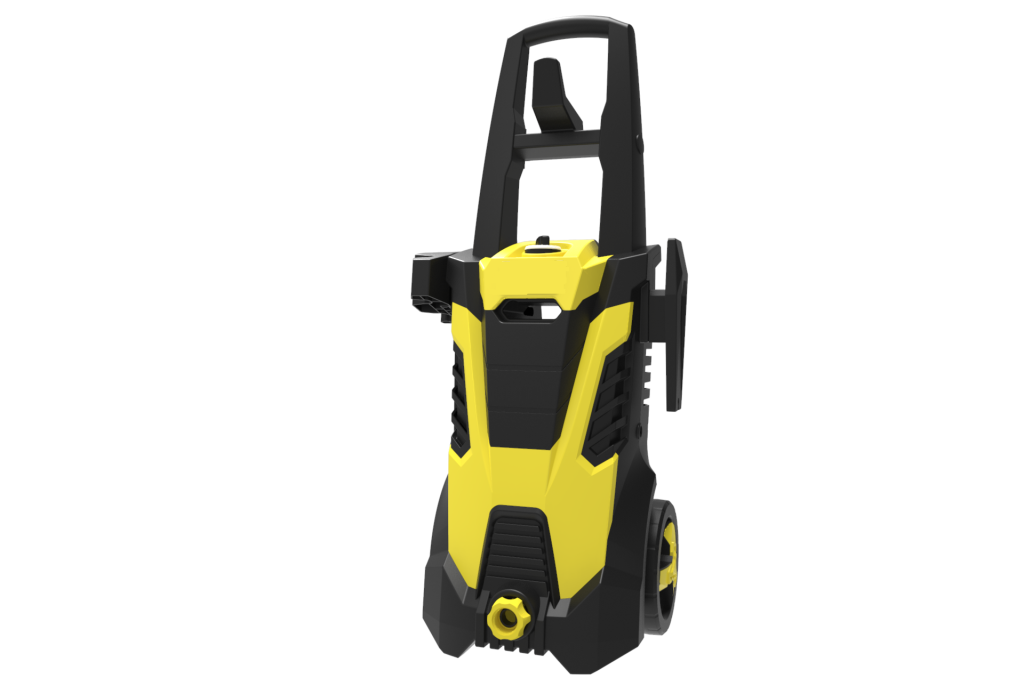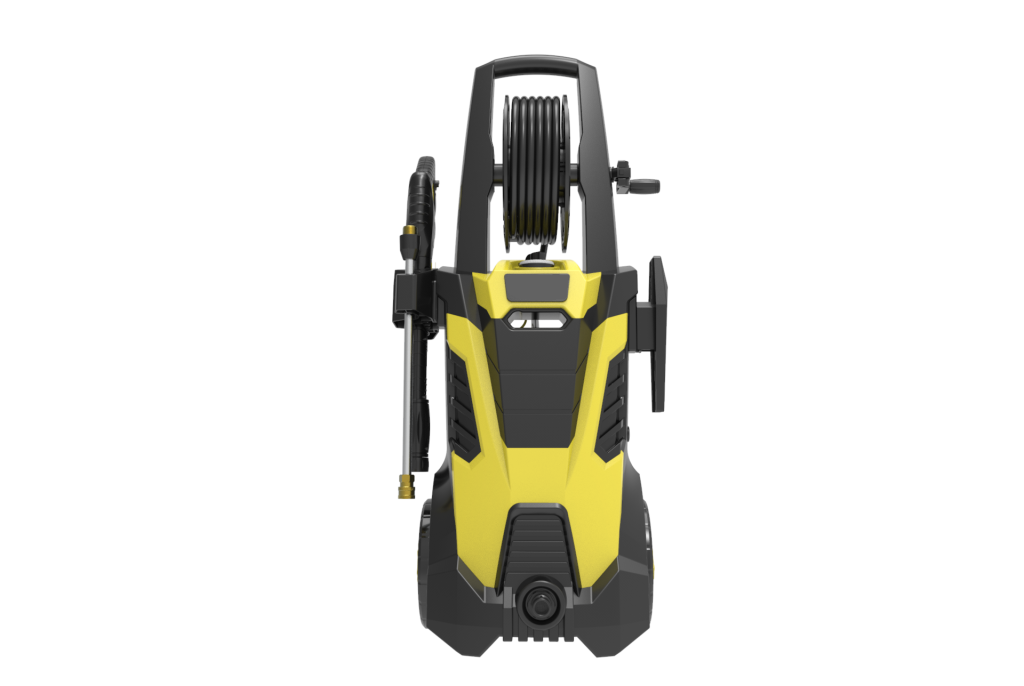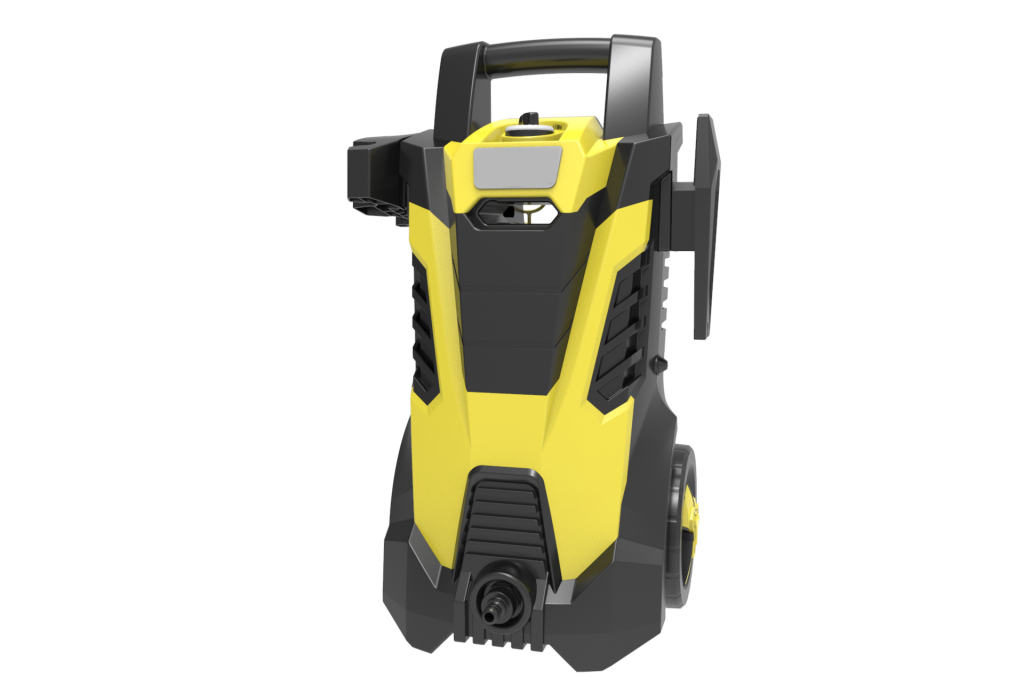Pressure Washer Buying Guide
October 3, 2022 by The Merovingian



Pressure washers and pressure washers, pressure washers, and pressure washers are all names for one and the same product, which is the focus of this page. It is a device that allows you to clean a wide variety of surfaces with relative ease, from terraces to the facade, to the pool, to the car. To help you choose the right product to meet all your expectations, we have prepared a buying guide to guide you through the entire selection process. As pressure washers are relatively sophisticated devices, you can expect a higher number of parameters to be monitored.
The water flow rate and water pressure play a key role in the actual purchase. You will also be interested in the possibility of heating the water, its source and certainly the drive. When choosing, don’t forget to check the weight of the vaping machine, especially if you plan to move it from place to place frequently. Equally important are the accessories or the way the cleaning detergent is dispensed.
As always, there is also a section on pricing. We will divide the available models into several price categories and discuss in detail what you can get for a given amount of money. Since these are the kind of helpers that find use in the hands of laymen and professionals alike, you can expect the individual ranges to be really wide.
As we have already indicated in the introduction, high-pressure cleaners are suitable helpers for homeowners with gardens. Another garden helper, the leaf vacuum cleaner, could also come in handy for comprehensive garden maintenance. If you are interested in important information for its purchase, read the article How to choose a leaf vacuum cleaner.
Use
Are you considering getting a leaf cleaner for cleaning one thing and not sure if the investment is worth it? Perhaps a brief outline of what can be cleaned with a vacuum will help. You may find that you can use it to clean many different objects.
- Cleaning facades – whether dust, dirt, or graffiti
- Washing your car
- Cleaning terraces and pavements
- Cleaning fences, walls
- Washing bicycles
- Cleaning machines, trolleys
- Washing garden furniture and tools
- Cleaning swimming pools
- Cleaning of drains and gutters
Construction
Before we get into the selection of a pressure washer, let’s first quickly introduce its construction. The different models differ in size, robustness, and, to some extent, construction. Usually, however, it is a device whose body can, with a little imagination, resemble a suitcase on wheels. A handle and rather large wheels are attached to the basic unit in the shape of a rounded cube.
The electric cable and water hose are also important elements. On the unit, you will also find many handles, grips, and holders, which are used to wind just the cable or hose, attach accessories, or for easier handling. At the end of the hose is usually attached a gun with a trigger and nozzle or other attachment. On larger machines, you will also find a hose reel that allows the hose to be reeled in and stored in a convenient way.
Inside we find a motor, pump, various filters, and a detergent container. The latter can be placed in various places and will be dealt with in a separate chapter.
Pressure
The most important parameter is the water pressure. This affects the efficiency of cleaning, which is certainly the reason why you buy a vaping machine. The value is given in barrels and you usually don’t have to look for it in the technical specifications, as manufacturers often give the number directly in the names of the models.
Almost as important, however, is the regulation, as different surfaces require different cleaning pressures. You need to be especially careful with fragile or damage-prone surfaces. On the other hand, you can use high pressure when washing hard surfaces, terraces, and the like.
For normal domestic use, machines usually have a pressure of between 100 and 130 bar. Such values are sufficient for normal use in the garden or in the home workshop. You will also find the most common cleaners in this range. However, for more professional use or for cleaning very stubborn dirt, more powerful variants with higher pressures, sometimes exceeding 200 bar, are suitable. With such a machine you can clean even oily dirt in machines.
Water flow rate
Another very important parameter is the water flow rate. This influences the size of the area you are able to clean in a certain amount of time. The parameter indicates how much water can be used per hour.
Water flow is inseparably linked to pressure. In fact, both of these values should rise simultaneously to make the cleaner as efficient as possible. The flow rate also fundamentally influences how a particular pressure washer model is used. At present, three basic categories can be distinguished:
- Up to 120 gallons/h (450 liters) – hobby versions for use in the home and garden.
- 120-160 gallons/h (450-600 liters) – semi-professional for more demanding DIY or smaller craft workshops
- Over 160 gallons/h (600 liters) – a device for professionals (car washes, agriculture, workshops, construction).
Water source
The most common source of water for the pressure washer is the tap. With a garden hose, you connect the cleaner and draw water from the mains. However, there are some problems with this method, the main one being the capacity of the water source, which we will discuss in the following paragraph. Increasingly, therefore, there are devices with the ability to draw water from a tank. However, even this method is not entirely without risk.
Connection to the water supply
Connecting a garden hose, opening the tap, and cleaning it – is a common procedures that many of you will probably also practice. But this water source has one major pitfall, and that is the capacity of the tap itself. Most hobby cleaners are sized for the regular water supply, so you shouldn’t run into a problem. However, this can occur if you are drawing water from a well or live in a drought-stricken area. Especially in the summer months, droughts can affect many places in our country.
Pumping water from a reservoir
The second option is to pump water from a tank. As well as being practical, this is also an environmentally friendly and economical method. For example, you can use rainwater barrels, which cost you nothing.
If you decide to use the tank as your main source, you should not forget to filter it thoroughly. The impurities that are sucked out of the tank with the water could damage the unit. The vapes themselves have a built-in filter at the water inlet, but ideally, a filter basket should still be attached to the suction end of the hose in the tank. The filter in the machine will clog less and you won’t have to clean it as often.
Heating
When choosing a pressure washer, you should think first of all about what you plan to use it for. If you’re planning to clean really tough and stubborn dirt from surfaces, you might want a vape with heating. Hot water can remove dirt more effectively than cold water. You can find two types of machines on the market.
- Cold water cleaners
- Hot water cleaners
Cold water cleaners
Cold water purifiers, by definition, do not allow you to heat the water. Their main advantages are lower cost and lighter weight. They are particularly suitable for routine maintenance of dirty surfaces, vehicles, or objects.
At present, this type of equipment is the dominant group in shops. It is fully sufficient for use in domestic conditions and in the hands of many professionals.
Hot water cleaners
In contrast, hot water cleaners allow the water to be heated, resulting in more effective cleaning and also faster drying of the surfaces to be cleaned. These vapes are generally more expensive, but they use better-quality materials. They are particularly suited for removing heavily soiled surfaces and can also handle greasy dirt. They do an excellent job, for example, in body shops, where they clean oil-stained car parts or engines quickly and easily. However, they are unnecessarily costly and robust for normal home use.
The temperature that the machines can produce can exceed 100 °C. Some then turn water into steam, allowing effective steam cleaning. Match the maximum water heating temperature to the surface you will be cleaning with the machine.
Drive
The operation of the pressure washer depends on the energy that drives the pump. Currently, there are two (or three) ways to obtain this energy on the market. Depending on the drive, the vapes are divided into two categories.
- Electric cleaners
- Petrol and diesel cleaners
| Drive type | Advantages | Disadvantages |
| Electric | + Easy to start + Low weight + Quiet running + No fumes | – Lower mobility – Weaker performance |
| Petrol/Diesel | + Higher performance + Better mobility + Water heating | – Large size – Noisier operation – Fumes |
Electric cleaners
Wipers that use electricity to run are a proven choice. The advantage is that they are easy to start at the touch of a button. Electric motors also weigh much less than their combustion counterparts.
There are no emissions from the operation of electric machines. This makes them ideal for use in confined spaces where access to fresh air is limited. Their quiet operation is also pleasant.
On the other hand, be prepared for lower mobility, as you have to constantly pull the cable behind you. Also, the power is usually lower, so electric cleaners are more suitable for households. Professionals might miss the lack of power. Electric devices make up almost the entire range of hobby cleaners.
Petrol and diesel cleaners
There is no difference between petrol and diesel in terms of functionality and parameters. So it just depends on what you opt for when you visit the shop and petrol station. In terms of the features on offer, they are the opposite of electrical equipment.
On the one hand, there is a very powerful engine and great mobility. You are not restricted by any cord, so you can get wherever you need to go. A common advantage is water heating, thanks to which you can get rid of dirt even on very greasy surfaces.
Unfortunately, be prepared for the motor to weigh considerably more and for the machine to take up a lot more space. At the same time, the design is also different. The whole machine looks more like a trolley, due to the metal frame and handle. Also be careful when working in confined spaces, as the vaping machine can emit unpleasant and sometimes dangerous fumes.
Power input
Wattage plays an important role in electric vapes. It indicates how much power they will require for their operation. The standard range is somewhere between 1,300 and 1,900 watts. However, more powerful electric motors can easily reach 2,800 watts.
Professionals are undoubtedly looking for the best balance between power and energy consumption. In this case, we recommend looking for carbonless induction motors. However, their price reaches such a level that they are completely useless for home workshops and do not earn their keep.
Dosage of the cleaning mixture
An important part of the cleaning process is the use of suitable Bhemic products. For example, when washing your car, you cannot do without the right shampoo. Adding cleaner to the water is currently done in three different ways:
- A container on or in the body of the device
- A container on the nozzle
- A suction hose
A container on or in the body of the machine
The reservoir, which is usually located on the back of the instrument or in the interior of the instrument, is the most common and most convenient method. The detergent dissolves evenly into the water, so all you have to do is refill it. The downside is if you only want to clean a small surface with detergent, you’ll have to think more about the correct dosage. In this case, the product flows through the cleaner, so it is essential that it is safe for all materials used. When choosing, always follow the manufacturer’s instructions and guidelines.
Nozzle container
The nozzle bottle is more common on cheaper products. The bottle of detergent or detergent solution is attached to the gun, through which the cleaner flows directly into the water stream. The detergent is easy to use and if you want to use clean water, just remove the bottle. The disadvantage may be the more difficult handling for some.
Suction hose
The third option is the suction hose, which is located on the body of the machine. If you want to use detergent, you need to dilute it in the appropriate proportion in a separate container (for example, a bucket), which you then place next to the cleaner and insert the hose into it. You can probably already see from the description that this method is the least practical, as it makes it impossible to handle the cleaner easily. If you need to move the bucket a little, you will also have to move the bucket.
Accessories
An important element of the pressure washer is its accessories. This determines what you will be able to clean. Each machine comes with a basic set of accessories, some models more extensive than others. The variation of basic accessories usually increases with price and also depends on the brand. But if the model you choose doesn’t have what you’re looking for in the base, don’t despair right away. Most manufacturers offer accessories for purchase. You’ll also find differently focused accessory kits – for car washing, patios, etc.
A practical option is if you can store the accessories directly on the body of the cleaner. Otherwise, there is a risk that the individual parts will disappear forever in your workshop or garage.
When making your choice, be sure to take into account the presence or availability of the following accessories.
- Base and rotary nozzle – for comfortable washing of vehicles and hard surfaces
- Nozzles with detergent bottle – for easy application of detergent
- Telescopic handles – increase reach
- Gutter and drain cleaning kits – for easier cleaning of hard-to-reach areas
- Car cleaning kits – include accessories to make car care easier
- Patio cleaner – head with rotating nozzle for washing patios or walkways
- Dirt filter – removes smaller dirt and debris
- Nozzles of many types – various attachments, nozzles, and nozzle tips to expand the variations of use
Weight
If you plan to move, carry or transport your pressure washer frequently, make sure you also consider the weight. This depends on the overall workmanship, performance, and also type of drive. Electric devices are generally lighter than petrol devices.
The most common weight ranges from 17.6 to 33 lbs (8 to 15 kg). Higher weight classes are reserved especially for powerful machines, often for professional use. The maximum weight is around 661 kilograms, but these are very powerful professional machines indeed.
